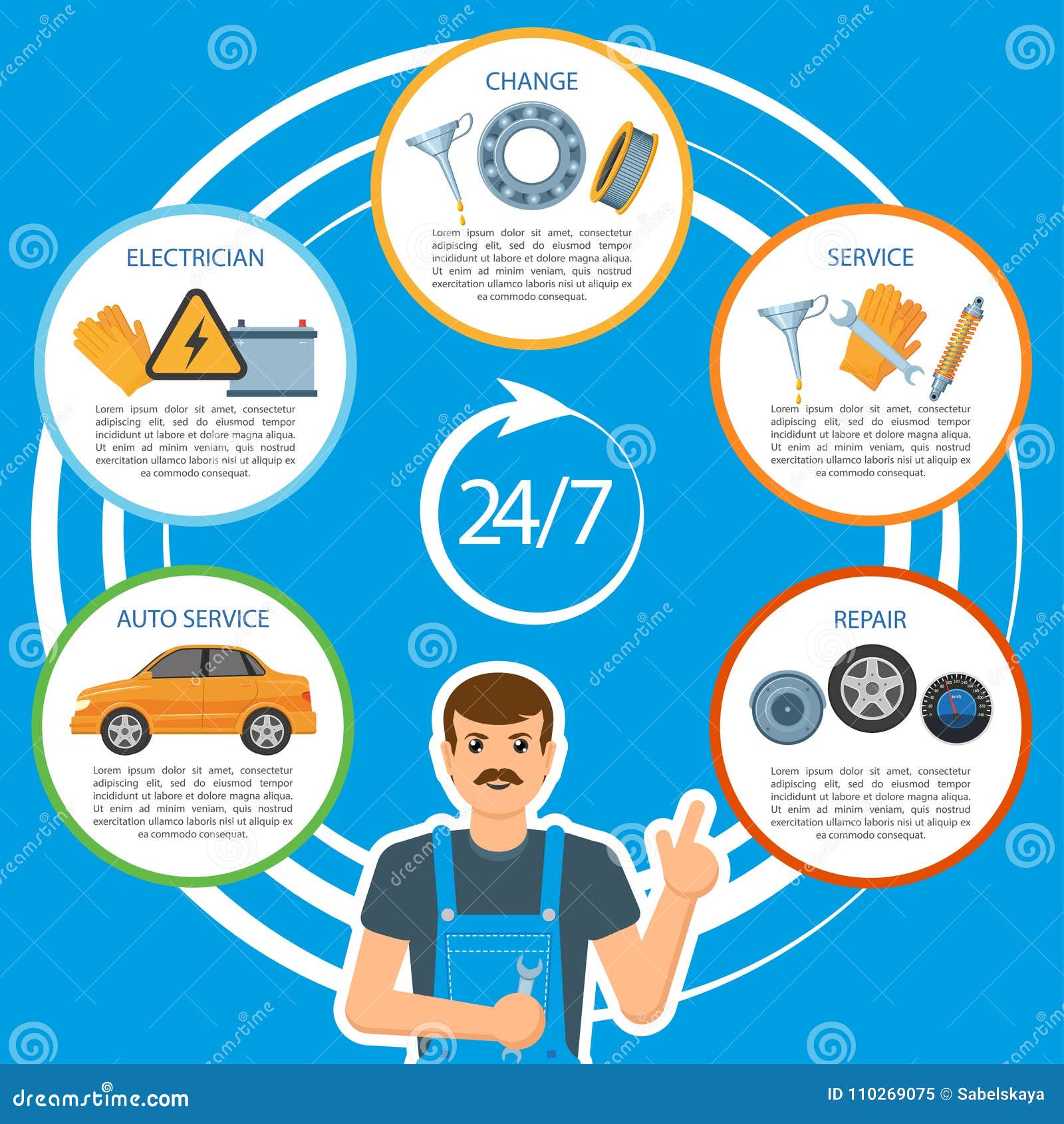Fascinated In Comprehending The Caution Lights On Your Cars And Truck'S Control Panel? Discover Their Relevance For Your Car'S Safety And Overall Problem
Fascinated In Comprehending The Caution Lights On Your Cars And Truck'S Control Panel? Discover Their Relevance For Your Car'S Safety And Overall Problem
Blog Article
Post Writer-Samuelsen Forbes
When you're behind the wheel, those glowing warning lights on your dashboard can be a little bit puzzling. Do you recognize what they're attempting to inform you regarding your auto's health and wellness? Comprehending the relevance of these lights is essential for your safety and the long life of your lorry. So, the next time one of those lights appears, wouldn't you wish to decode its message properly and take the required steps to resolve it?
Common Caution Lights and Interpretations
Identify typical caution lights in your vehicle and comprehend their definitions to ensure safe driving.
One of the most typical warning lights include the check engine light, which indicates concerns with the engine or emissions system. If this light comes on, it's essential to have your lorry checked without delay.
The oil stress alerting light suggests reduced oil stress, calling for instant attention to prevent engine damage.
Keep Reading blinking battery light could recommend a faulty charging system, potentially leaving you stranded otherwise resolved.
The tire pressure surveillance system (TPMS) light notifies you to low tire pressure, impacting lorry security and gas effectiveness. Neglecting this could cause harmful driving problems.
The abdominal muscle light indicates a problem with the anti-lock stopping system, endangering your capacity to quit promptly in emergencies.
Lastly, the coolant temperature level cautioning light warns of engine getting too hot, which can cause extreme damages if not resolved promptly.
Comprehending these typical warning lights will certainly help you attend to concerns quickly and maintain safe driving conditions.
Importance of Prompt Focus
Comprehending the typical warning lights in your cars and truck is just the first step; the relevance of quickly resolving these warnings can't be emphasized sufficient to guarantee your security when traveling.
When a warning light brightens on your control panel, it's your car's method of communicating a possible problem that requires focus. Neglecting these warnings can bring about more severe troubles down the road, endangering your security and possibly costing you a lot more in repairs.
Motivate interest to advising lights can avoid breakdowns and accidents. For example, a flashing check engine light could show a misfire that, if left unattended, might create damages to the catalytic converter. Resolving this immediately can save you from a pricey repair service.
Likewise, a brake system warning light may indicate reduced brake fluid or worn brake pads, important components for your safety when driving.
Do It Yourself Troubleshooting Tips
If you observe a caution light on your dashboard, there are a few do it yourself fixing tips you can try prior to seeking specialist aid.
The initial step is to consult your car's handbook to recognize what the certain warning light suggests. Sometimes https://brakelinefittings84061.csublogs.com/36666587/amazed-by-the-common-mistaken-beliefs-about-car-describing-delve-into-the-truths-behind-these-myths-and-learn-just-how-expert-detailing-can-profit-every-lorry-owner can be as simple as a loosened gas cap setting off the check engine light. Tightening up the gas cap might resolve the trouble.
Another common issue is a reduced battery, which can trigger different cautioning lights. Examining the battery connections for deterioration and guaranteeing they're safe might fix the issue.
If a warning light continues, you can try resetting it by disconnecting the vehicle's battery for a few minutes and afterwards reconnecting it. Furthermore, inspecting your lorry's fluid degrees, such as oil, coolant, and brake fluid, can assist repair advising lights associated with these systems.
Final thought
In conclusion, recognizing your car's caution lights is crucial for maintaining your lorry running efficiently and safely. By without delay addressing these signals and recognizing what they imply, you can stay clear of costly repair work and potential break downs.
Keep in https://easyreadernews.com/7-tips-to-maintain-your-transmission-an-avert-costly-repairs/ to consult your vehicle's guidebook for particular information on each alerting light and take action accordingly to ensure a hassle-free driving experience.
Stay educated, stay risk-free on the road!
